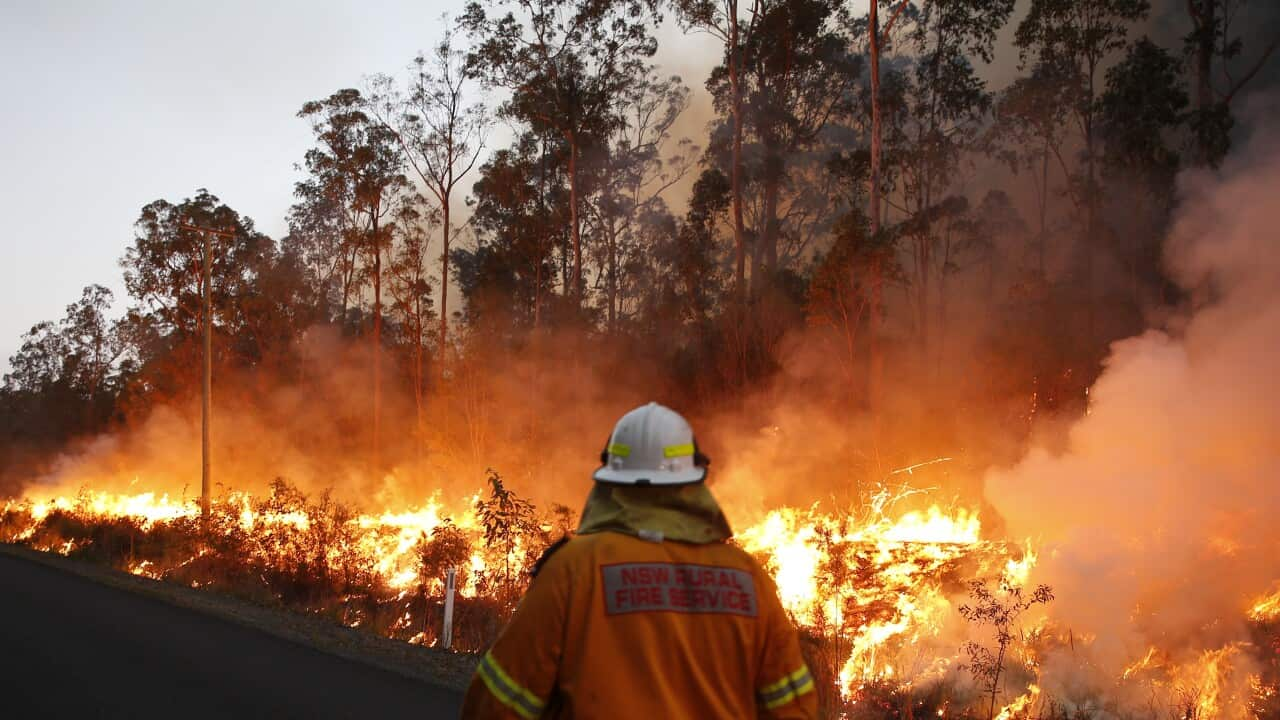Safeguarding Your Home: The Critical Function of a BAL Report in Bushfire Preparedness
Safeguarding Your Home: The Critical Function of a BAL Report in Bushfire Preparedness
Blog Article
Importance of BAL Report in Ensuring Bush Fire Security
In the world of bushfire defense, the relevance of a Bushfire Strike Level (BAL) report can not be overemphasized. This essential paper works as a foundational tool in analyzing the potential danger a residential property may deal with throughout a bushfire and plays an essential duty in identifying the required safety procedures to safeguard residential or commercial properties and lives (BAL Report). Nevertheless, the true value of a BAL report extends beyond a simple assessment; it functions as a directing light for property owners and authorities alike, supplying insights into improving home durability and making certain effective fire defense.
Comprehending Bushfire Strike Degrees
The understanding of Bushfire Strike Levels is critical for examining the prospective threat and impact of bushfires on a residential or commercial property. Bushfire Strike Degrees (BAL) are a method of gauging the severity of a building's prospective direct exposure to ember assault, radiant warm, and straight fire contact in a bushfire. Understanding the various BAL groups is crucial for home owners, architects, and contractors in developing and creating structures that are a lot more durable to bushfires.
By understanding these degrees, residential or commercial property owners can make informed decisions regarding bushfire defense measures, such as setting up coal guards, using fire-resistant building materials, and keeping clear defensible room around the home (BAL Report). Overall, a thorough understanding of Bushfire Assault Levels is vital for reliable bushfire preparation and defense.
Examining Residential Property Danger Degrees
After recognizing the implications of Bushfire Attack Degrees, the next important action is examining the risk levels linked with private residential properties. Evaluating building danger levels entails a detailed examination of different variables that can influence the susceptibility of a home to bushfires. These variables include the distance of the residential or commercial property to bushland or plants, the kind and condition of surrounding greenery, the incline and element of the land, prevailing climate problems, and the presence of combustible products near the residential property.
Property risk analyses are essential in determining the degree of bushfire defense measures that need to be applied to protect the property and its residents. By accurately assessing the risk degrees, residential property owners can make educated decisions regarding bushfire prevention approaches, such as greenery management, constructing layout modifications, and the setup of fireproof products. Additionally, property threat evaluations play an essential function in the development of emergency situation reaction strategies and emptying procedures in case of a bushfire.
Carrying Out Safety Measures
Upon completing property risk analyses, the next critical phase involves the application of safety actions to improve bushfire security. Executing protective measures is important for safeguarding residential properties and ensuring the security of individuals during bushfire occasions.
Normal upkeep of protective procedures is equally important to ensure their effectiveness during a bushfire. This includes on a regular basis checking and fixing ember guards, carrying out plant life monitoring to reduce gas lots, and testing firefighting devices such as pumps and hoses. By diligently implementing and preserving these safety measures, home proprietors can dramatically raise their strength to bushfires and minimize potential damage and loss.

Enhancing Building Resilience
Enhancing property resilience against bushfires pivots on the positive application and upkeep of safety measures targeted at fortifying defenses and reducing potential threats. Residential property proprietors can enhance durability by developing and maintaining defensible spaces around their properties. This consists of routinely clearing dry greenery, maintaining try this out a well-irrigated garden, and having a tactical design that minimizes the threat of fire spread. Furthermore, installing ash guards on vents and windows, making use of fire-resistant structure materials, and guaranteeing correct maintenance of roofings and seamless gutters can considerably boost a property's ability to endure a bushfire.
Building owners ought to practice a bushfire and create emergency situation plan, conduct routine fire drills, and ensure all locals know how to respond in instance of a bushfire. By taking aggressive steps, building owners can substantially boost the durability of their homes versus the risk of bushfires.

Making Certain Reliable Fire Defense
Implementing durable fire security click to read more measures is crucial for guarding residential or commercial properties versus the disastrous influence of bushfires. In addition, setting up fire-resistant products on the home, such as fireproof roof covering and ember-proof displays on home windows, can significantly reduce the threat of fire damages.
In addition, having an emergency reaction strategy in position is essential for making certain reliable fire protection. This plan must outline discharge treatments, communication protocols, and assigned meeting points for locals. Regular training and drills need to likewise be carried out to make sure that all locals are prepared to respond quickly and securely in the occasion of a bushfire.
Final Thought
In conclusion, the BAL report plays More about the author a vital role in guaranteeing reliable bushfire defense by examining building danger levels, applying protective measures, and enhancing residential property strength. Comprehending Bushfire Strike Levels is crucial in figuring out the degree of risk a building encounters throughout a bushfire.
By understanding these levels, home proprietors can make educated decisions about bushfire defense measures, such as installing ash guards, utilizing fire-resistant structure materials, and keeping clear defensible space around the building. Analyzing building risk degrees entails a detailed assessment of various factors that can influence the sensitivity of a residential property to bushfires.Property threat evaluations are essential in identifying the degree of bushfire defense actions that need to be implemented to guard the property and its passengers. By taking aggressive steps, residential or commercial property proprietors can considerably enhance the durability of their properties versus the danger of bushfires.
In conclusion, the BAL record plays a vital function in guaranteeing effective bushfire defense by examining residential property threat levels, executing protective steps, and improving residential or commercial property durability. (BAL Report)
Report this page